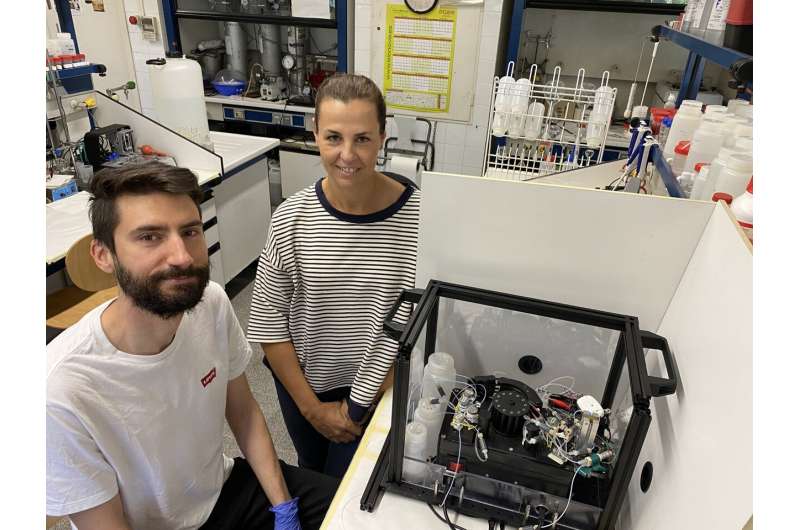
Ammonium is a biomarker used to diagnose a series of rare hereditary metabolic disorders, such as the primary disorders of the urea cycle and different organic acidemias, as well as other metabolic and environmental conditions affecting the liver’s function, which can cause a secondary dysfunction of the urea cycle. Ammonium is also useful in the study and monitoring of different hepatopathies (diseases affecting the normal functioning of the liver) caused by the consumption of alcohol or other drugs, medicines and other environmental factors.
In all of these disorders, an excess of ammonium is produced, putting the patient’s health at risk. Values surpassing 200 micromoles per liter of blood are considered severe cases of hyperammonemia (high concentration of ammonium in blood) which can cause irreversible damage to the brain, and can even lead to death, if values surpass 500 micromoles per liter.
Therefore, an early diagnosis in real time is crucial to minimizing the impact of a hyperammonemia episode on neurological functions. Currently, patients diagnosed with disorders which include hyperammonemia episodes must periodically be visited at hospital, where a blood sample is taken, which then must be treated an analyzed in the lab.
Researchers from the Sensors and Biosensors (GSB) research group of the Department of Chemistry at the UAB, in collaboration with the Hospital Sant Joan de Déu and the UPC, have developed a point-of-care (POC) analyzer that monitors the level of ammonium in patient’s blood using a decentralized method at the point-of-care, instead of sending blood samples to be analyzed in hospital laboratories, where traditional equipment is used.
The new device aims to decentralize the blood ammonium determination, making the analysis possible at smaller healthcare centers with direct blood measurements and no need for previous treatments. This would represent multiplying the number of monitoring sites, simplifying the process and reducing the time needed to take medical decisions.
“Increasing the frequency of blood analyses to determine ammonium levels is of vital importance,” explains UAB researcher Mar Puyol, director of the study. She says, “Reducing the excess of ammonium in a patient with hyperammonemia is done by restricting protein intake, using drugs to enhance ammonium elimination, and dialysis and hemofiltration in the most acute cases, so that the evolution of the patient will be more favorable the faster the doctors act, and that can be achieved by using the point-of-care analyzers such as the one we have developed.”
Validation at hospital
The research team is preparing a prototype that will function under semi-autonomous conditions. Once the device is ready, it will measure all ammonium samples analyzed each day at the Hospital Sant Joan de Déu with the conventional method and with the new equipment created by researchers.
Nevertheless, Puyol warns that “hundreds of samples will be necessary before the final prototype of the point-of-care analyzer is validated. The next stage will then be industrializing the device to launch it into the market. There are still several stages before reaching that scenario, but the device is expected to become an economic alternative that can facilitate the monitoring of liver diseases in developing countries as well.”
Functioning of the device
The device uses a microfluidic platform which includes a potentiometric detection system and a gas separation membrane. In this manner, it is possible to automatically separate the ammonium in the form of ammonia from the rest of the complex matrix of blood, obtaining a selective detection free of any other type of interferences.
Source: Read Full Article
